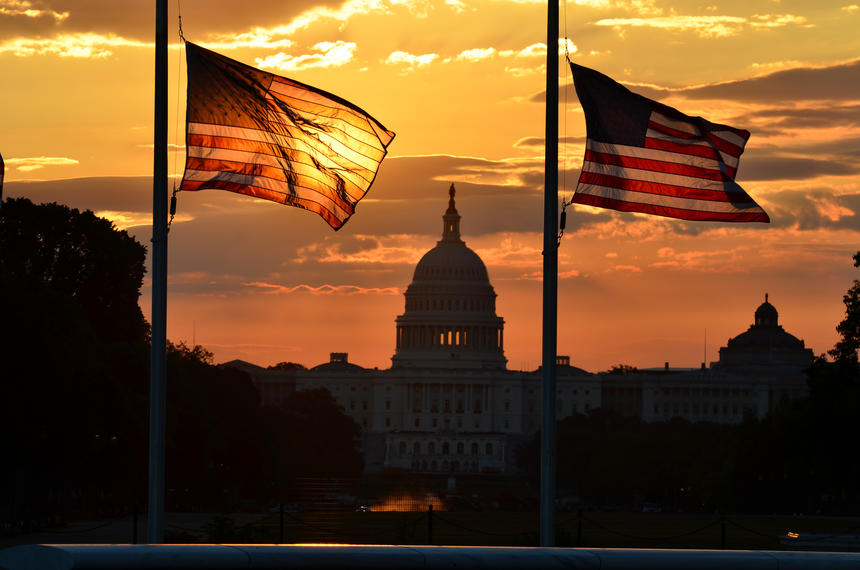The pandemic remains
Virus cases continue to rise in Europe (albeit mortality rates are still down) and this is leading to localised lockdowns that are fast becoming quasi-national. For example, around 22m people in the UK – a third of the population – are now subject to some form of restriction upon their lives.
It is the same in Europe. Furthermore, citizens are pushing back given the now apparent damage to the economy, livelihoods and health beyond COVID, but this blunt policy tool will begin to impact consumer behaviour and therefore the economic recovery at some point. Germany is a case in point – the ZEW gauge of investor confidence of prospects over the next six months has dropped to 56.1, - the lowest in 5 months – from 77.4 in September.* So far, only China and South Korea seem to have handled the virus effectively. Having said that, it does seem to peak after around 2 months, so we may be seeing the highs of the latest increase in cases.
Markets remain sanguine about risk
Why are financial markets taking this increased risk in their stride? Clearly the expectation of stimulus remains front and centre and that is the driver of sentiment at the moment, along with the hope of a vaccine in the next several months. In the very short term, the former will be facilitated by a “Blue Wave” clean sweep of the US Presidency and Congress. Markets have begun to price this in. Treasuries, however, have not moved significantly wider as yet, which one would expect with a general risk on move. Gold has also rallied, but that may well be more to do with the recent pressure on the US Dollar. We suspect that we will not see a stimulus package before the election, which may pressure risk in the short term.
Now for the good news. The latest US CPI (Consumer Price Index) rose 0.2% last month, the smallest rise in four months, so inflation is positive but there is no need to worry the bond market just yet. This may well be more of an issue in 2021. Furthermore, if we look at the first set of results from the big banks, J.P. Morgan’s 3Q results have shown that a tsunami of defaults isn’t happening – the $611m increase in provision for bad loans for Q3 2020 was nowhere near the $2.38bn analysts predicted. In addition, fewer credit card loans went bad.**
The International Monetary Fund has also forecast a shallower global economic slowdown in 2020 – 4.4% contraction versus a 5.2% estimate in June. This reflects a better than expected second quarter. In 2021 the forecast is for 5.2% growth. China estimates have been revised upwards, perhaps as a reflection of the authorities handling of the crisis – 1.9% growth in 2020 and 8.2% in 2021. Compare that with the US - 4.3% in 2020 and +3.1% in 2021, and Eurozone - 8.3% in 2020 and +5.2% in 2021.*** Trade in China has rebounded a lot quicker than expected, supporting Asian manufacturing and supply chains.****
The US Election and the ‘Blue Wave’
Joe Biden is clearly ahead in most of the polls, which is increasingly giving markets comfort that he is going to win. However, there can be a huge margin of error in some of the polls. What we have seen is the Treasury curve steepen as a “Blue Wave” is priced in and thus the reflation trade is back in focus as a huge stimulus package would be on the docket for early 2021. It is rare to have both the Presidency and Congress in the hands of one party, so there is room for disappointment should the Republicans hold onto the Senate. This would re-price the size of any stimulus package and outweigh the positivity of a clear Presidential result. The worst outcome would be for a contested Presidential election result, and a divided Congress.
So what do we think? The likelihood is that Biden will win. With three weeks to go and his underwhelming campaign to date, President Trump is too far behind to win without a miracle. The Florida result will be a key indicator of which way the country is leaning. The Senate is too close to call at this point, but the bar is low for Democrat control. If we do see a decisive Biden win, and Democrat control of Congress, then we should see the Treasury curve steepen and widen. Given the neutral policy rate is 2.5%, there is plenty of room for the 30 year to move over the next several months. So when would we see the US Federal Reserve step in to control the move? At 2%? At 3%? It would not want to see financial conditions tighten too much. The 10 year could easily move back to 1% and higher over the following months. The US Dollar would weaken, and we would be set up for Emerging Market and High Yield bonds outperformance next year.
Portfolio Activity
We have added a 2.5% CDX hedge to Global Strategic Bond, Global High Yield and Global Diversified Credit strategies in recognition of everything that is now priced into the markets, with some element of disappointment increasingly likely. We will watch this closely.
* www.reuters.com
** Morgan Stanley Earnings Releases
**** South China Morning Post
